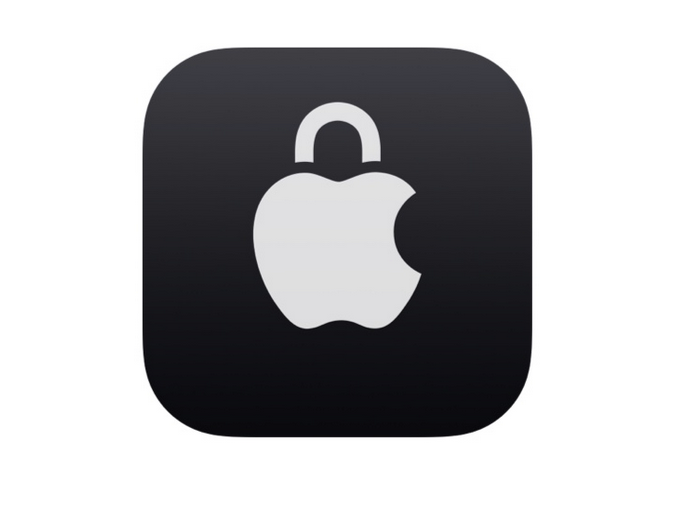Navigating the Data Dilemma: A Chronicle of Microsoft’s Significant Data Incidents
Microsoft, a global technology giant, has played a pivotal role in shaping the digital landscape. However, the journey has not been without its challenges. Over the years, Microsoft has faced various data incidents that have tested the resilience of its systems and prompted the company to evolve its approach to cybersecurity. In this article, we delve into the history of some of Microsoft’s most significant data incidents and the lessons learned from each.
- Microsoft Security Essentials Signature Update Glitch (2010): In 2010, Microsoft Security Essentials, the company’s antivirus solution, experienced a hiccup with a faulty signature update. This glitch led to the incorrect identification and quarantine of critical system files, causing disruptions for users. Microsoft swiftly addressed the issue by releasing a corrected update and implementing measures to prevent similar incidents in the future.
- Microsoft Exchange Server Vulnerabilities (2021): In early 2021, Microsoft faced a series of zero-day vulnerabilities in its Exchange Server software. Exploited by state-sponsored actors, these vulnerabilities allowed unauthorized access to email accounts and potentially exposed sensitive information. Microsoft responded with emergency patches and urged users to update their systems promptly. This incident highlighted the importance of proactive patching in securing critical infrastructure.
- Windows XP WannaCry Outbreak (2017): The WannaCry ransomware outbreak in 2017 affected computers worldwide, exploiting a vulnerability in Microsoft’s Windows XP operating system. Despite Microsoft releasing patches for supported systems, many organizations, including those running Windows XP, fell victim to the attack. This incident underscored the risks associated with using outdated software and the necessity of regular updates.
- LinkedIn Data Breach (2012): Microsoft’s acquisition of LinkedIn in 2016 brought with it historical data incidents. In 2012, before the acquisition, LinkedIn suffered a major data breach where over 6 million passwords were leaked. Although the incident occurred before Microsoft’s ownership, it highlighted the importance of thoroughly assessing and securing acquired assets.
- Microsoft Cloud Misconfigurations (Various): Several instances have occurred where Microsoft Azure cloud configurations were found to be misconfigured, potentially exposing sensitive data. These incidents often resulted from user error, emphasizing the need for robust security practices and user education in cloud environments.
- Skype eavesdropping vulnerability (2018): In 2018, a security researcher discovered a vulnerability in Microsoft’s Skype that could potentially allow unauthorized access to users’ conversations. Microsoft promptly patched the vulnerability, emphasizing the company’s commitment to addressing security issues in its products.
The history of Microsoft’s data incidents provides valuable insights into the evolving landscape of cybersecurity and the constant need for vigilance. Microsoft has demonstrated a commitment to learning from these incidents, promptly addressing vulnerabilities, and enhancing its security measures. As the technology landscape continues to evolve, Microsoft and other industry leaders must remain adaptive, proactive, and transparent in their approach to data security to safeguard the trust of users and organizations alike.




